Partitioning, sharding, and replication are vital for efficient storage of time series data. These techniques enhance data management and querying, leading to significant performance improvements, particularly for large datasets.
Partitioning
Partitioning is a powerful feature of CrateDB that allows you to split up a large table into smaller chunks, or partitions. By doing so, CrateDB minimizes the number of records that need to be scanned during a query, improving performance. For time series data, you can use a timestamp or date column to define partition criteria.
For example, you can partition data by month. In this case, the month column is a generated column that uses the date_trunc function to extract the month from the timestamp column. The resulting table is partitioned by the month column, which means that each partition will contain records for a single month only. New partitions are created automatically when new inserted data falls into new partition intervals.
Partitions in CrateDB offer a level of granularity that allows for granular management and maintenance. This means that each partition can be backed up, closed, deleted, or archived individually. This flexibility provides efficient data management, particularly important in handling large time series data.
Partitioning, sharding and replication are crucial aspects of storing time series data. These processes allow for more efficient data management and querying, and can significantly improve performance, especially for large datasets.
CREATE TABLE weather_data ( timestamp TIMESTAMP, ..., month TIMESTAMP GENERATED ALWAYS AS DATE_TRUNC(‘month’, “timestamp”) ) PARTITIONED BY (month);
Sharding
Sharding is a strategy used to distribute data horizontally across multiple nodes, improving the speed of queries and updates. When creating a table in CrateDB, the data is split into shards, which are distributed across the nodes in the cluster.
For time series data, you can use the CLUSTERED INTO clause to define the number of shards per partition. This setup allows CrateDB to perform operations in parallel across different shards and partitions, which can significantly improve query performance, especially for large time-series datasets and concurrent queries.
CREATE TABLE weather_data ( timestamp TIMESTAMP, ..., month TIMESTAMP GENERATED ALWAYS AS DATE_TRUNC(‘month’, “timestamp”) ) CLUSTERED INTO 3 SHARDS PARTITIONED BY (month);
Replication
The number of replicas in your CrateDB cluster is a crucial factor that depends on the availability SLAs of your application. It's recommended to have at least one replica for each shard, but two replicas would provide better fault tolerance. CrateDB ensures that primary and replica shards are automatically distributed across nodes in the cluster, enhancing data availability and durability.
CREATE TABLE weather_data ( timestamp TIMESTAMP, ..., month TIMESTAMP GENERATED ALWAYS AS DATE_TRUNC(‘month’, “timestamp”) ) CLUSTERED INTO 3 SHARDS PARTITIONED BY (month) WITH (“number_of_replicas”=1);
When implementing sharding and partitioning strategies in CrateDB, it's important to consider several best practices to optimize performance, manageability, and scalability. To ensure optimal performance and resource utilization, you should carefully calculate the total number of shards, considering the number of partitions, shards per partition, and replicas. It's also crucial to consider shard size, which should be between approximately 3 and 70 GB.
When configuring sharding for time series data, it is important to consider several factors such as the expected amount of data, the number of partitions, the number of nodes in the cluster and the number of CPUs per node. A good rule of thumb is to have as many shards as CPUs in the cluster. This increases the chance to get a maximum distribution and parallelization of queries.

